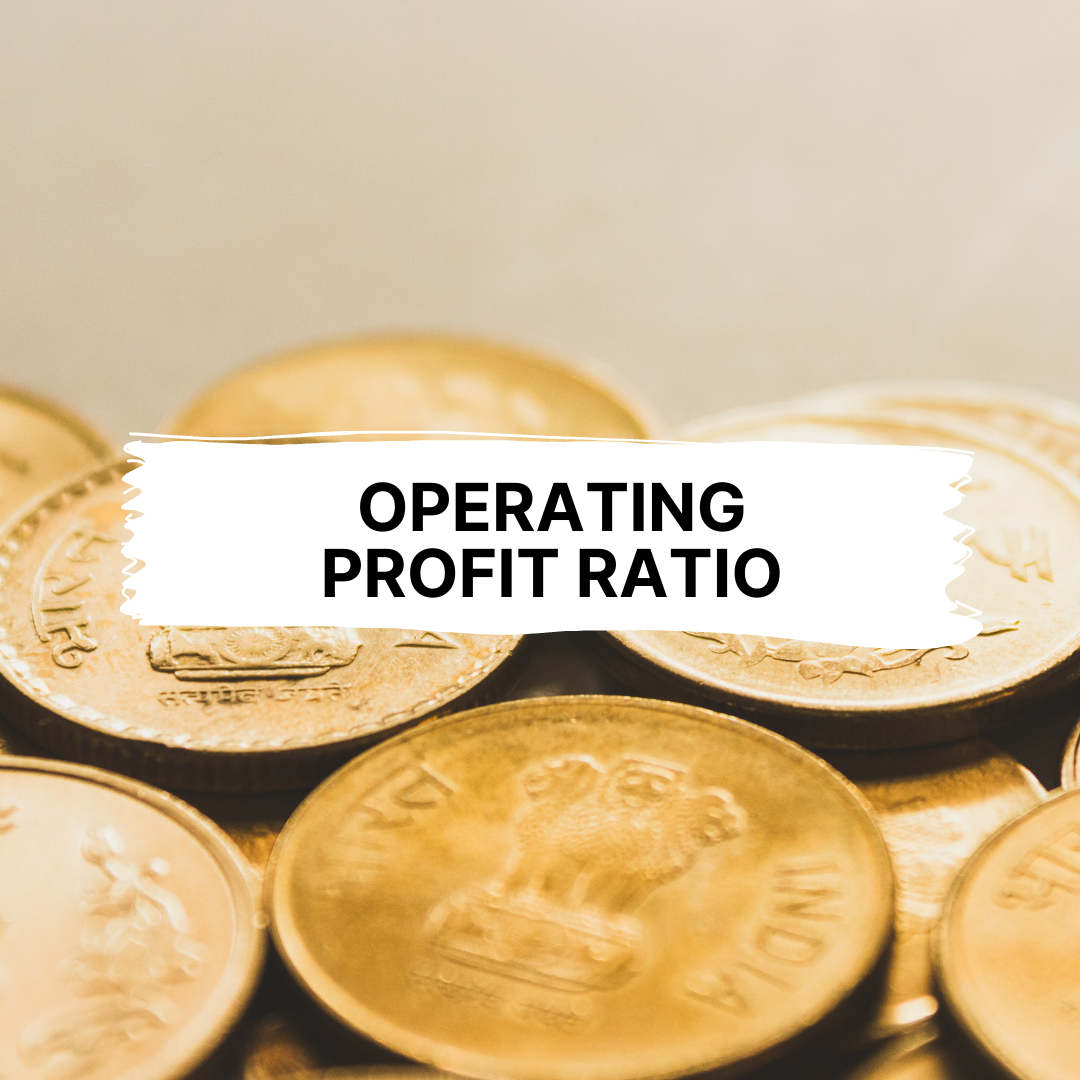Businesses need resources to expand and grow. These resources can be acquired in two ways: either through debt by taking out formal loans, or through shareholders’ equity. Equity multiplier ratio is a ratio that helps you understand where the resources of a business are coming from.
There is no ideal value for an equity multiplier ratio because not all business strategies are the same. It can be high or low depending upon the financing strategies of a business; it can also differ from company to company depending on its size. With that said, it is ideal to have the equity multiplier as low as possible, because no company would want its debt portion to be higher than its shareholder equity.
The equity multiplier ratio helps you see how sound the financial strategies of a company are with respect to three factors:
- Its historical records of debt-equity balance
- Industry averages of equity multiplier ratios
- Competitor values of equity multiplier ratios
Considering these aspects, you can determine how a business understands and manages its finances and builds assets. Let’s take a deeper look into equity multiplier ratio by covering the following topics:
- What is Equity Multiplier Ratio
- Understanding DuPont Analysis
- How to Calculate Equity Multiplier Ratio
- Significance of Equity Multiplier Ratio for Investors
- What High and Low Equity Multiplier Ratios Mean
What is Equity Multiplier Ratio?
Equity multiplier ratio is a number that establishes the relationship between the debt and the equity portion of the finances of a company’s assets. In simpler words, the equity multiplier ratio tells you about how much or what percentage of a company’s assets are financed through debt and shareholder equity.
Equity multiplier ratio is obtained by dividing the total assets of a company by shareholder equity. Interpreting this mathematically, the higher the shareholder equity-financed portion of a company’s assets, the lower the equity multiplier ratio. This directly translates into the fact that such companies have a sound asset and equity base and function with less debt; therefore, they may be better to invest in. However, other factors also affect the “investability” of a company, like business strategies.
Consider the equity multiplier ratio to be just an indicator of the soundness of the financial base of a company. Higher equity multiplier ratios typically mean that there is lower shareholder equity in the mix for the total assets owned, thus hinting at high volumes of debt financing, which raises questions about business perpetuation if the equity multiplier ratio continues to stay high.
Equity multiplier ratio is an important metric that investors closely track, as it is also employed in the DuPont Analysis for measuring company performance based on certain key performance indicators – one of which is the equity multiplier ratio.
Let’s learn a little about DuPont Analysis.
Understanding DuPont Analysis
DuPont Analysis is a simple framework established by the DuPont Corporation to analyze the performance of a company based on three key values:
- The Net Profit Margin (NPM)
- The Asset Turnover (AT)
- The Equity Multiplier Ratio (EMR)
DuPont Analysis = NPM x AT x EMR
The DuPont Analysis tells investors how well a firm is doing with respect to its Return on Equity. The equity multiplier ratio in the DuPont analysis stands for financial leverage that a firm displays in managing its finances. The asset turnover stands for asset use efficiency while the net profit margin tells the investor about the operating efficiency of the firm.
Let’s look at how to calculate equity multiplier ratio.
How to Calculate Equity Multiplier Ratio?
Equity multiplier ratio is a function of the total assets of a company and its shareholders’ equity. The formula used for calculation is:
Equity Multiplier Ratio = Total Assets / Shareholders’ Equity
If you have access to your company’s annual financial reports, you will be easily able to find the total asset value and shareholders’ equity amount in them.
Let’s understand equity multiplier ratio with an example.
Let’s assume Company A has a total asset value of $100,000 million, and Company B has total assets at $250,000 million. For these companies, the shareholders’ equity from the financial reports of the past year was $75,000 for company A and $100,000 for company B.
Now, calculating for equity multiplier ratio for company A:
Equity Multiplier Ratio = Total Assets / Shareholders’ Equity
Equity multiplier ratio = $100,000 / $75,000
Equity multiplier ratio for company A = 1.34
Calculating the equity multiplier ratio for company B:
Equity Multiplier Ratio = Total Assets / Shareholders’ Equity
Equity multiplier ratio = $250,000 / 100,000
Equity multiplier ratio for company B = 2.5
Through this example, it is clear that despite having a total asset value of $250,000 million, company B still has an equity multiplier ratio of 2.5, which is higher than that of company A. This essentially means that a larger portion of company B’s assets is funded by debt, when compared with company A, whose equity multiplier ratio is 1.33.
Let’s understand this with some popular names. This year, Microsoft released its annual report wherein its total asset value was stated to be $301,001 million. The tech giant’s shareholder equity stood at $123,392 million. Thus, Microsoft’s equity multiplier ratio would be calculated thus:
Equity multiplier ratio = $301,001 / $123,392 (both values in million)
Equity multiplier ratio for Microsoft = 2.44
In another popular example, Apple Inc.’s total asset value in 2021 is $337,158 million, whereas its shareholders’ equity stands at $69,178 million in 2021. Here is how you can calculate Apple Inc.’s equity multiplier ratio:
Equity multiplier ratio = $337,158 / $69,178
Equity multiplier ratio for Apple Inc. = 4.87
Comparing the two tech biggies, being competitors in the same industry, you can see that Apple displays a larger portion of debt financing as compared to Microsoft, based on the data the two firms have published on their websites.
Taking values off from the financial reports that companies publish on their websites, you can calculate your own equity multiplier ratio to make informed decisions for investment.
Significance of Equity Multiplier Ratio for Investors
Avid investors keep a keen track on the key performance indicators of a company which help them in decision-making. However, it is important to understand that there isn’t a “benchmark” value of the equity multiplier ratio – it differs by industry and fluctuates verily depending on the financing strategies of a business.
Continuing with the earlier example of company B whose equity multiplier ratio was relatively high as compared to company A, it may be employing a strategy to quickly acquire more assets while their market price is low by pooling in funds through debt financing, making the equity multiplier ratio jump higher for the time being.
Investors bank heavily on the equity multiplier ratio as one of the key performance indicators in the DuPont Analysis, as discussed earlier. The asset turnover and net profit margin remaining constants, the equity multiplier ratio, can impact a company’s returns on equity greatly.
You can gather the 5-year financial data of a company you wish to study and perform DuPont Analysis to list out how its ROE has fluctuated over the years, arriving at a pattern and linking it to their changing strategies. It helps make better investment decisions.
What is Preferable: Low Equity Multiplier Ratio or High?
Typically, investors prefer companies with lower equity multiplier ratios. It basically tells them that the company has more of its own money deployed in acquiring assets, rather than taking out loans to do so. It is a marker of self-reliance as far as financing growth goes. However, there is bound to be a certain debt component; when that happens, the equity multiplier ratio rises up.
With that said, there are certain special conditions and considerations that sometimes arise. For example, if a company assesses its financial strategies and discovers that debt financing would cost it lesser than issuing stock, it may totally go for the loan; this will make its equity multiplier ratio rise, but it wouldn’t mean that the company is a risky investment.
On the other hand, a low equity multiplier ratio doesn’t necessarily negate the risk factor of investing in a company. Sometimes, creditors turn down loan requests of struggling companies who do not have enough equity to fund their operations. This does keep their equity multiplier ratio low, however, they may be struggling to find lenders.
Equity Multiplier Ratios are More Than Mere Numbers (Conclusion)
As a key performance indicator of the financial leverage of a company, the equity multiplier ratio holds immense importance in guiding investors with their decisions. This number helps understand the portion of a company’s ventures funded through debt and shareholders’ equity.
How can Deskera Help You?
An online accounting and invoicing application, Deskera Books is designed to make your life easier. This all-in-one solution allows you to track invoices, expenses, and view all your financial documents from one central location.

The platform works exceptionally well for small businesses that are just getting started and have to figure out many things. As a result of this software, they are able to remain on top of their client's requirements by monitoring a timely delivery.

Thanks to our well-designed and well-thought-out templates, you can now anticipate that your work will become simpler. A template can be used for multiple actions, including invoices, quotes, purchase orders, back orders, bills, and payment receipts.
Take a small tour of the demo here to get more clarity:
Lastly, you would be able to assess all the reports- be it income statement, profit and loss statement, cash flow statement, balance sheet, trial balance, or any other relevant report from your laptop and your mobile phone.
Deskera Books hence is the perfect solution for all your accounting needs, and therefore a perfect assistant to you and your bookkeeping and accounting duties and responsibilities.
Key Takeaways
- Equity multiplier ratio is an indicator of how much of the total assets owned by a company are funded by shareholders' equity. On average, the lower the equity multiplier ratio, the higher the shareholders' equity share in the company's total assets
- It can be calculated using the formula: Equity Multiplier Ratio = Total Assets / Shareholders’ Equity
- It is an important key performance indicator in the DuPont Analysis
- It tells the investors about the Return On Equity of a company. The financial leverage a company has for acquiring more assets can be determined by examining its equity multiplier ratio
- Investors prefer companies with a lower equity multiplier ratio; however, sometimes financial strategies to acquire more assets in less expense and time, companies may deliberately strategize their loans which increases their
- All in all, the equity multiplier ratio gives a hint about the company's financial capacity to fund its asset acquisitions
Related Articles











